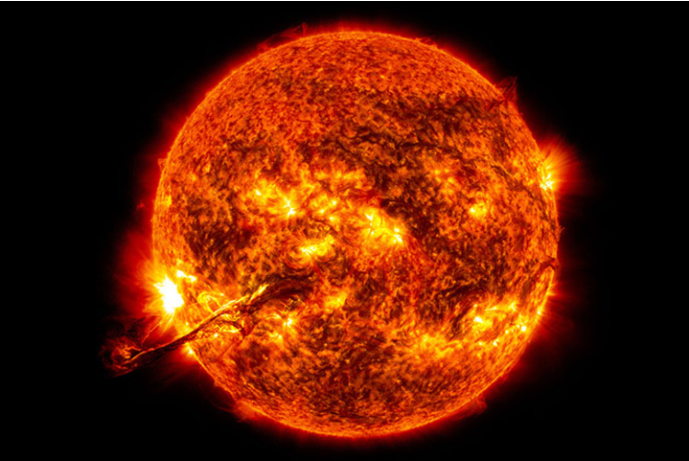The three basic energy conversion methods using solar energy are: 1. Photochemical conversion; 2. Photothermal conversion; 3. Photoelectric conversion.

The most common photochemical transformation is the photosynthesis of plants. Photosynthesis is the process of converting carbon dioxide and water into carbohydrates by using plant chlorophyll to absorb light energy under the sun.
The process of converting light into solar energy is to obtain solar radiation through reflection, absorption or other means, and then convert it into heat and use it. Since the thermal energy consumed in production and life is the most used energy, the utilization of thermal energy is an important aspect of the use of solar energy today.

Photoelectric conversion is the direct conversion of solar energy into electrical energy. Solar cells are now a popular semiconductor device that can directly convert solar radiation into electrical energy. Due to different materials, the photoelectric conversion efficiency is usually about 10%. With the development of technology and the decline of material prices, solar cells will inevitably develop towards higher energy applications.





